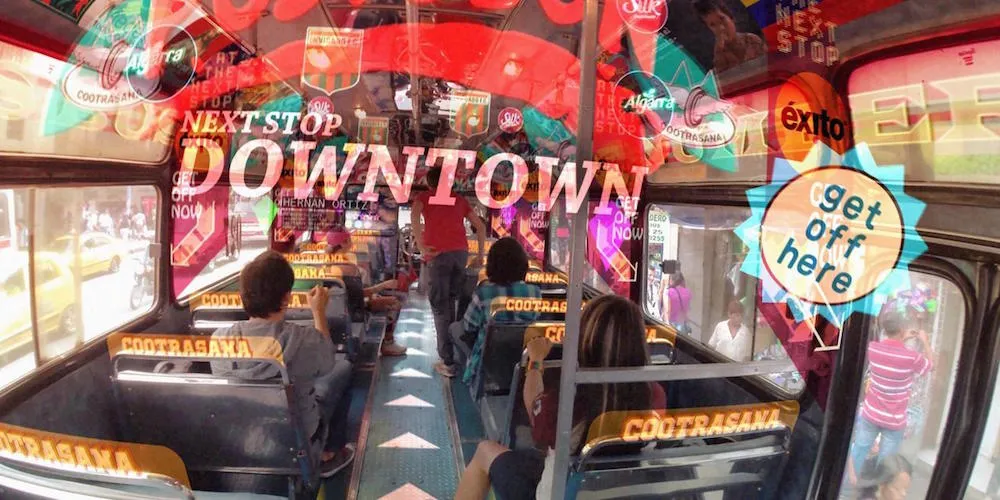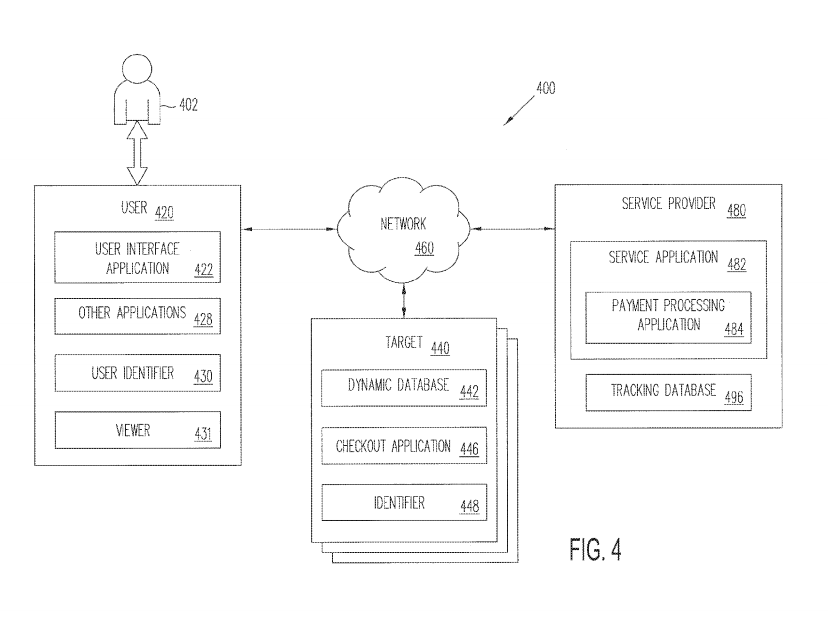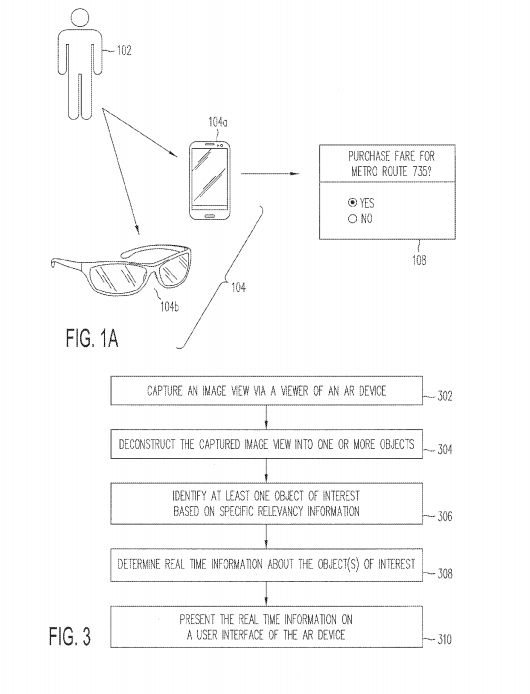A new patent filed by Paypal proposes a world where people can make purchases based upon the things they can actually see.
The patent is generically titled “Using Augmented Reality To Determine Information,” but the system it describes could potentially revolutionize the way people make transactions (using Paypal of course) in the physical world.
As it stands today, Paypal is a primarily electronic payment system that is used mostly to make electronic purchases or wire cash. Online shopping with Paypal is as easy as pressing a button and eliminates the need to fumble with credit cards and type in repetitive strings of numbers. This patent’s proposed system would essentially build upon the promise of augmented reality to bring that same point-and-click purchasing power into real world situations.
The patent’s official language describes:
Systems, methods, and computer program products for identifying objects of interest and providing relevant information about the objects of interest using augmented reality devices are disclosed.
For example, a computer-implemented method may include identifying an object of interest among a plurality of objects present in an image view, determining real-time information for the object of interest based on the identifying, presenting the determined real-time information for the object of interest as part of the image view, and processing a transaction involving the object of interest based on a user selection associated with the image view.
What all of that jargon basically means, and what is shown in at least one of the patent’s included sketches, is that a user would be able to use this system to engage with one specific object like a bus. The system would then provide information about that bus such as routes, times and fare amounts before finally giving the user the option to purchase a ticket and ride the bus.
A system like this could potentially give Paypal millions of new transactions to process and profit upon. However, the patent does not indicate that the company is creating an AR headset of its own. This means that the ideas described here are likely being worked on to be pursued in the event that the AR hardware being developed by Facebook, Google, Microsoft, and Apple eventually releases and rises to a level of popularity that this sort of system could leverage.
This is, in essence, an idea for one of the first augmented reality commerce applications. It may one day be available in your HoloLens app store but, for now, it is simply an idea waiting for its moment. It is notable, however, to see major players expending the research, development and legal expenditures required for an idea like this to surface.
The writing is on the wall and big corporations are clearly taking notice: AR is coming, time to get prepared.
—
Featured image credit: Hyper-Reality by Keiichi Matsuda


























